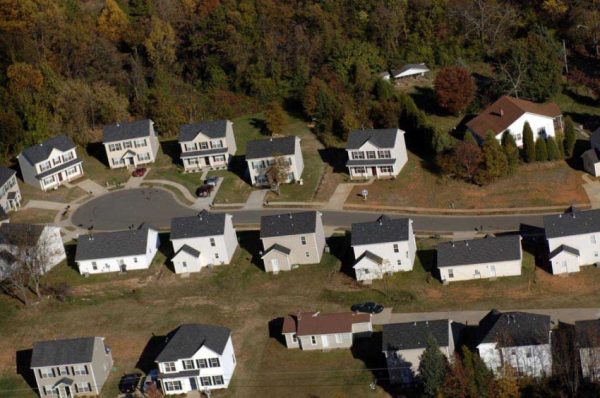Heed consultants, get on with zoning revamp

Last month, after about a year of study, consultants for the City of Charlotte delivered their assessment of the city’s zoning ordinance and associated development regulations. The study, which can be viewed at this link, was delivered in two parts, the Assessment Report and the Approach Report.
Like the two parts of the report, after reading it I came away with two reactions – encouraged, and anxious to see more meaningful action.
I’m encouraged because the consultants seemed to accurately identify the myriad issues with the city’s existing ordinances. They clearly described some different approaches the city could take to improve the document. They addressed some of the things that could be done to ensure greater sustainability. Most important, they recognized that the city’s rules for land development don’t accurately reflect the vision established in the city’s adopted plans. It’s been more than 20 years since the last extensive update of the zoning ordinance, and the city has grown and evolved in ways that our old regulations are simply not equipped to deal with.
I’m anxious to see more meaningful action because, at this early point in the process, the Assessment and Approach Reports are primarily educational tools for the city to consider. They offer insights into what the city COULD do to improve its codes, but stop short of specifically recommending what the city SHOULD do. To build on the important information in these reports and move forward with the code update project, here are some specific things the City Council should focus on:
1. Update the ordinances in a comprehensive way by consolidating them in a Unified Development Ordinance (UDO). Targeted revisions likely won’t be enough to get our ordinances to where they need to be. UDOs are the state of the art of the planning profession because they combine a number of separate ordinances in one easy-to-use document, eliminating conflicts between different ordinances. The reformatting required to do this will also drastically shorten the city’s ordinances, making them clearer and more accessible.
2. Consolidate zoning districts. Charlotte has 109 zoning districts, including many redundant districts for single-family residential and commercial development. That number of districts is absurd and unnecessary. It makes it extremely difficult to know what the rules are in different parts of the city, which frustrates staff, neighbors and developers alike. There’s no reason we couldn’t cut down to 20-30 districts.
3. Utilize a more form-based approach that includes a greater diversity of mixed-use districts. Mixed-use districts are where the most sustainable development outcomes happen. They are where a 15-minute walkable urban lifestyle can actually occur. Of Charlotte’s 109 districts, only five or six are truly mixed-use, form-based districts. That needs to change.

4. Establish a timetable and stick to it. Without a clear timetable to adoption, ordinance rewrite projects tend to take years. The issues are so complex that many cities talk themselves in circles and get burned out. City Council needs to reinforce to staff that it fully supports moving as expeditiously as possibly toward a revised code. Strong City Council support of a definitive timeline will empower staff and the consultant team to make efficient progress without being hampered by efforts of vocal minorities to derail their work.
5. Link land use regulations more closely to the Transit Plan. One of the best ways to encourage city leaders to keep funding the 2030 Transit Corridor System Plan is to show that our ordinances funnel growth to our designated transit corridors. There’s got to be a consistent message between where our plans say we want to grow and where our codes allow growth to occur.
6. Involve the Charlotte Department of Transportation in any revisions to street standards. CDOT is a progressive planning organization with a fantastic recent track record of implementing effective, multimodal street design. They are a resource that should be used to advocate for a Complete Streets approach in the code update.
7. Figure out how to encourage development uptown. Some have suggested to me that the reason we have so many surface parking lots in the middle of uptown is because uptown height regulations are actually too generous. It’s counter-intuitive, but uptown has a bunch of property owners sitting on underutilized land because they are waiting until the market will support another 50-plus-story skyscraper. It will take years for that to happen, and when it finally does, whoever can get the permits together first will build the next tower and soak up the entire market in a single project – leaving the rest of the vacant lots fallow. That isn’t a healthy cycle of uptown development, and it encourages homogenous, monolithic projects.
8. Invite Mitchell Silver to speak about Raleigh’s experience. Silver is Raleigh’s planning director and has a national reputation for progressive planning and effective public speaking. Raleigh recently went through a comprehensive code update, and its UDO is a national model that Charlotte would be wise to study. Silver can provide City Council, the Planning Commission and others with a valuable explanation of how Raleigh went through its rewrite process and came out with a successful code. He’s also an engaging speaker who will help inspire action.
Views expressed in commentary articles here do not necessarily represent the views of the UNC Charlotte Urban Institute or the University of North Carolina at Charlotte.